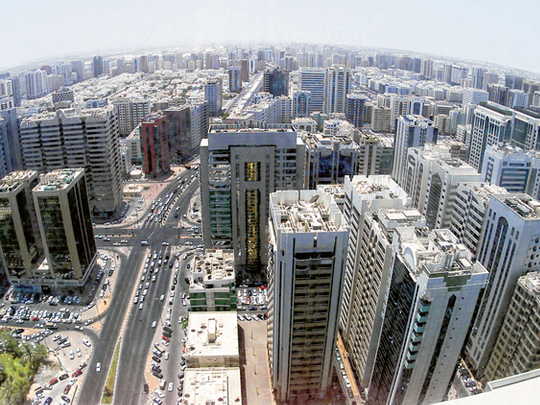
Abu Dhabi: Since the implementation of Estidama in Abu Dhabi last November, one-fourth of all building permit applications submitted to the Municipality of Abu Dhabi City have been approved under the pearl rating system and allowed to progress to the construction phase, building industry professionals heard at a forum in the capital yesterday.
Another 50 per cent of the applications for building permits require minor modifications before they can be approved, officials from the municipality said at a focus day organised as part of the Arabian Construction Week 2011.
"The number of applications sent back for redesign to consultants and architects under the Estidama pearl rating system has so far been very close to the number that required modifications before the programme was implemented, and this is a good record," said Yasmeen Sami Sa'adah, head of Estidama at the municipality.
The Estidama (sustainability in Arabic) pearl rating system for new developments, implemented in the emirate five months ago by the Urban Planning Council (UPC), measures the level of sustainability of the built environment. Under the initiative, all new facilities must attain a minimum rating of one pearl, while government facilities must have at least a two-pearl rating.
Sa'adah explained that based on this system, the municipality provides two different approvals for each development — a building permit when the design plan has been approved and a certificate of completion when construction methods and operations fulfil Estidama standards.
While bigger developers have easily been able to adopt Abu Dhabi's new building sustainability standards, it was designs for individual villas that required modifications before receiving building permits, the municipality official added.
"Villas are typically designed by local consultants, who often don't have specialised architects, and environment and sustainability consultants.
"However, once a consultant has been trained and receives approval for one project, we see a noticeable improvement in subsequent submissions," Sa'adah told Gulf News.
Major issue
She added that the major issues which needed to be corrected at the design stage were usually the glazing ratio and ventilation.
"Often, local consultants are not familiar with how to calculate the proper glazing ratios under international standards, and these are the major areas which need to be corrected," she explained.
Matthew Plumbridge, consultant for environmental and sustainability planning at the Department of Municipal Affairs, said at the forum that another issue was the amount of glass people wanted in their buildings and villas.
"Villa owners and developers tend to want more glass in their facades and this is the way that designers and architects develop their plans.
"However, people need to realise the value of Islamic architecture — which uses fewer windows — and its suitability for the climate's region," Plumbridge said.
He added that workshops which would explain sustainability standards to villa owners might soon be offered by the department.
"If villa owners are aware of the standards, they will be able to ensure that consultants also stick to them when designing the project," Plumbridge said.











